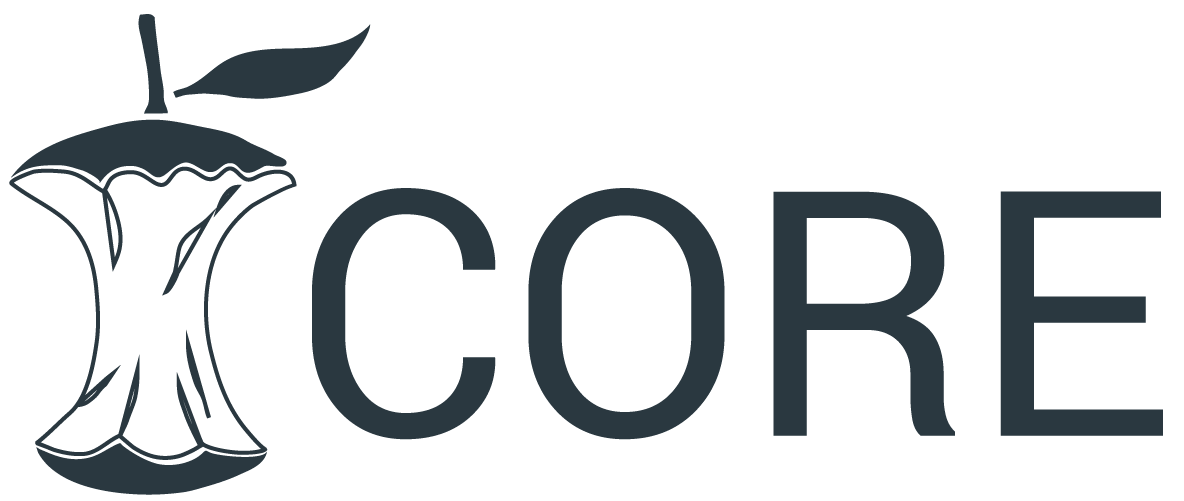The Effect of Production Planning Practices on Supply Chain Performance: A Case Study of Corteva Agriscience (Z) Ltd
DOI:
https://doi.org/10.5281/zenodo.13368647Keywords:
production planning, multiple linear regression, supply chain management, corteva, zambiaAbstract
This Paper investigates the effects of production planning practices on supply chain performance at Corteva Agriscience Zambia, utilizing a case study approach with 60 actively involved employees. The study identifies key production planning practices in use which including Capacity Planning, Aggregate Planning, Operational Planning, Production Scheduling, Inventory Management, and Demand Planning & Forecasting, revealing their widespread adoption. It also examines how these practices assess supply chain performance. A multiple linear regression analysis is performed to gauge their impact, showing positive effects of Aggregate Planning, Capacity Planning, and Production Scheduling, while Materials Resources Planning (MRP) and Demand Planning & Forecasting have limited influence. These findings contribute to the supply chain management field and provide actionable recommendations for improving production planning in manufacturing organizations.
Downloads
References
Adegbuyi, P., & Asapo, E.(2010). The effect of production planning and budgeting on organizational productivity. Leonardo Electronic Journal of Practices and Technologies, 16(20).
Afolalu, S. A. et al. (2021a). The role of production planning in enhancing an efficient manufacturing system – An overview. E3S Web of Conferences, 309(01002).
Afolalu, S. et al. (2021b). Overview impact of planning in production of a manufacturing sector. In IOP Conference Series: Materials Science and Engineering, 1036(1).
Bhagwat, R., & Sharma, M. K. (2007). Performance measurement of supply chain management:A balanced scorecard approach. Computers & Industrial Engineering, 53, 43-62.
Biswas, S., & Chakraborty, A. (2016). Importance of production planning and control in small manufacturing enterprises.. International Journal of Engineering Science Invention, 5(6), 61-64.
Mwanza B.G, & Telukdaire. (2022). Supply chains risks: an interpretative structural modelling approach. Int. J. Supply Chain and Operations Resilience, 5(2), 217-234.
Mangweza A, & Mwanza B. G. (2022). A regression-based resilience assessment model for raw material supply chain performance of Zambian fast-moving consumer goods manufacturers. European Modern Studies Journal, 6(3), 455-487.
Bradley, L. H. (1993). Total quality management for schools. Lancaster: Technical Publishers.
Carvalho, H., & Azevedo, S. G. (2012). Agile and resilient approaches to supply chain management:influence on performance and competitiveness. Logistics Research, 4, 49-62.
Chakraborty, A. (2016). Importance of PDCA cycle for SMEs. SSRG International Journal of Mechanical Engineering, 3(5), 33-34.
Cruz, A. V. (2015). Relationship between product quality and customer satisfaction. Walden Dissertations And Doctoral Studies.
Elewa, R. E. A. S. A., &. F. O. S. I. (2019). Overview production process and properties of galvanized roofing sheets. Journal of Physics: Conference Series, 1378(2), 022069.
Fajar, M., & Lestari, Y. (2017). Aggregate planning analysis in PT. Akebono Brake Astra Indonesia. Journal of Business and Management, 6(2), 182-191.
Gunasekaran, A., Patel, C., & McGaughey, E. R. (2004). A framework for supply chain performance measurement. International Journal of Production Economics, 87(3), P333-347.
Gunasekaran, A., Patel, C., & Tirtiroglu, E. (2001). Performance measures and metrics in a supply chain environment. International Journal of Operations & Production Management, 21(1-2), 71-87.
Gunasekaran, A., Subramanian, N., & Papadopoulos, T. (2017). Information technology for competitive advantage within logistics and supply chains: A review. Transportation Research Part E: Logistics and Transportation Review, 99, 14-33.
Hausman, W. H. (2002). Supply chain performance metrics. Stanford University.
Hausman, W. H. (2004). Supply chain performance metrics. In: The practice of supply chain management: where theory and application converge. International Series in Operations Research & Management Science, (62 ed.), Boston: Springer.
Heizer, J., Render, B., & Munson, C. (2017). Operations management: Sustainability and supply chain management. 12 ed. s.l.:Pearson Education.
Ho, J. W. & Fang, C. (2013). Production capacity planning for multiple products under uncertain demand conditions. International Journal of Production Economics, 141(2), 593-604.
Ingle, C. B. D. J. J. S. P. K. P. a. C. (2021). Demand forecasting: literature review on various methodologies. in 2021 12th International Conference on Computing Communication and Networking Technologies (ICCCNT), pp. 1-7. IEEE.
Jabareen, Y. (2009). Building a conceptual framework: Philosophy, definitions, and procedures. International Journal of Qualitative Methods, 8(4).
Jacobs, F. R., Berry, W. L., Whybark, D., & Vollmann, T. (2011). Manufacturing planning and control for supply chain management: .. APICS/CPIM Certification Edition ed. s.l.:McGraw-Hill Education.
Kiran, D. (2019). Production planning and control: A comprehensive approach. s.l.:Butterworth-Heinemann.
Lukinskiy, V., Lukinskiy, V., & Churilov, R. (2014). Problems of the supply chain reliability evaluation. Transport and Telecommunication, 15(2), 120-129.
Noegraheni, E., & Nuradli, H. (2016). Aggregate planning to minimize cost of production in manufacturing company. Binus Business Review, 7(1), 39-45.
Nugraha, I., Hisjam, M., & Sutopo, W. (2020). Aggregate planning method as production quantity planning and control to minimizing cost. in IOP Conference Series: Materials Science and Engineering, 943(1), pp. 012045). IOP Publishing. s.l., s.n.
Ongbali, A. S., & A. U. M. O. (2018). Model selection process in time series analysis of production system with random output. IOP Conference Series Materials Science and Engineering, 413(2), pp. 012057.
Plinere, D., & Aleksejeva, L. (2019). Production scheduling in agent-based supply chain for manufacturing efficiency improvement. Procedia Computer Science, 149, 36-43.
Reid, R. D., & Sanders, N. R. (2013). Operations management: An integrated approach. (5th ed.). s.l.:John Wiley & Sons.
Reid, R., & Sanders, N. (2012). Operations management. (5th ed.). s.l.:Wiley.
Spens, K., & Wisner, J. (2014). A study of supply chain management practices in Finland and the United States. Operations and Supply Chain Management. An International Journal, 2(2), 79-92.
Sucahyo, P. (2022). Capacity planning to realize production plans in meeting demands on time.(Case study: UKM Su'ud). Doctoral Dissertation, Universitas 17 Agustus 1945 Surabaya.
Sule, D. R. (2007). Production planning and industrial scheduling: examples, case studies and applications. s.l.:CRC Press.
Terenina, I. V., Kostoglodov, D. D., & Protsenko, I. O. (2020). Developing a strategy to improve reliability in supply chains. International Conference on Economics, Management and Technologies 2020 (ICEMT 2020), 139.
Tian, X., Mohamed, Y., & AbouRizk, S. (2010). Simulation-based aggregate planning of batch plant operations. Canadian Journal of Civil Engineering, 37(10), 1277-1288.
Tripathi, S. & Gupta, M. (2019). A current review of supply chain performance measurement systems. Advances in Industrial and Production Engineering, 27-39.
VanDerVorst, G. (2005). Performance measurement in agrifood supply chain networks: an overview. Quantifying the Agri-Food Supply Chain, 15, pp. PP13-24.
Vincent, N. et al. (2018). Production planning and organizational effectiveness. Strategic Journal of Business and Social Science (SJBSS), 1.

Downloads
Published
How to Cite
Issue
Section
License
Copyright (c) 2024 Last Kabbwelu Himayumbula, Bupe Getrude Mwanza

This work is licensed under a Creative Commons Attribution 4.0 International License.
Research Articles in 'Management Journal for Advanced Research' are Open Access articles published under the Creative Commons CC BY License Creative Commons Attribution 4.0 International License http://creativecommons.org/licenses/by/4.0/. This license allows you to share – copy and redistribute the material in any medium or format. Adapt – remix, transform, and build upon the material for any purpose, even commercially.









